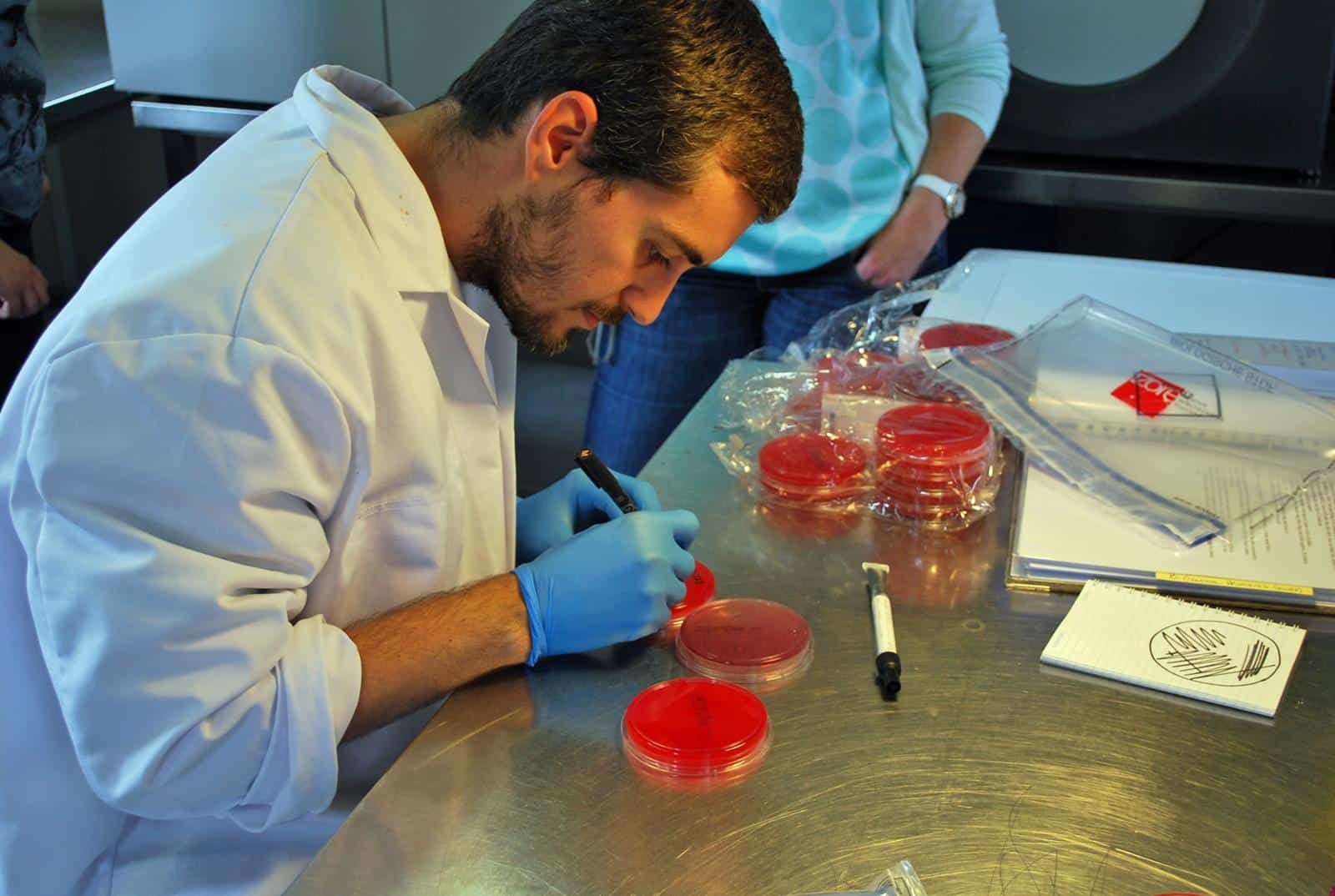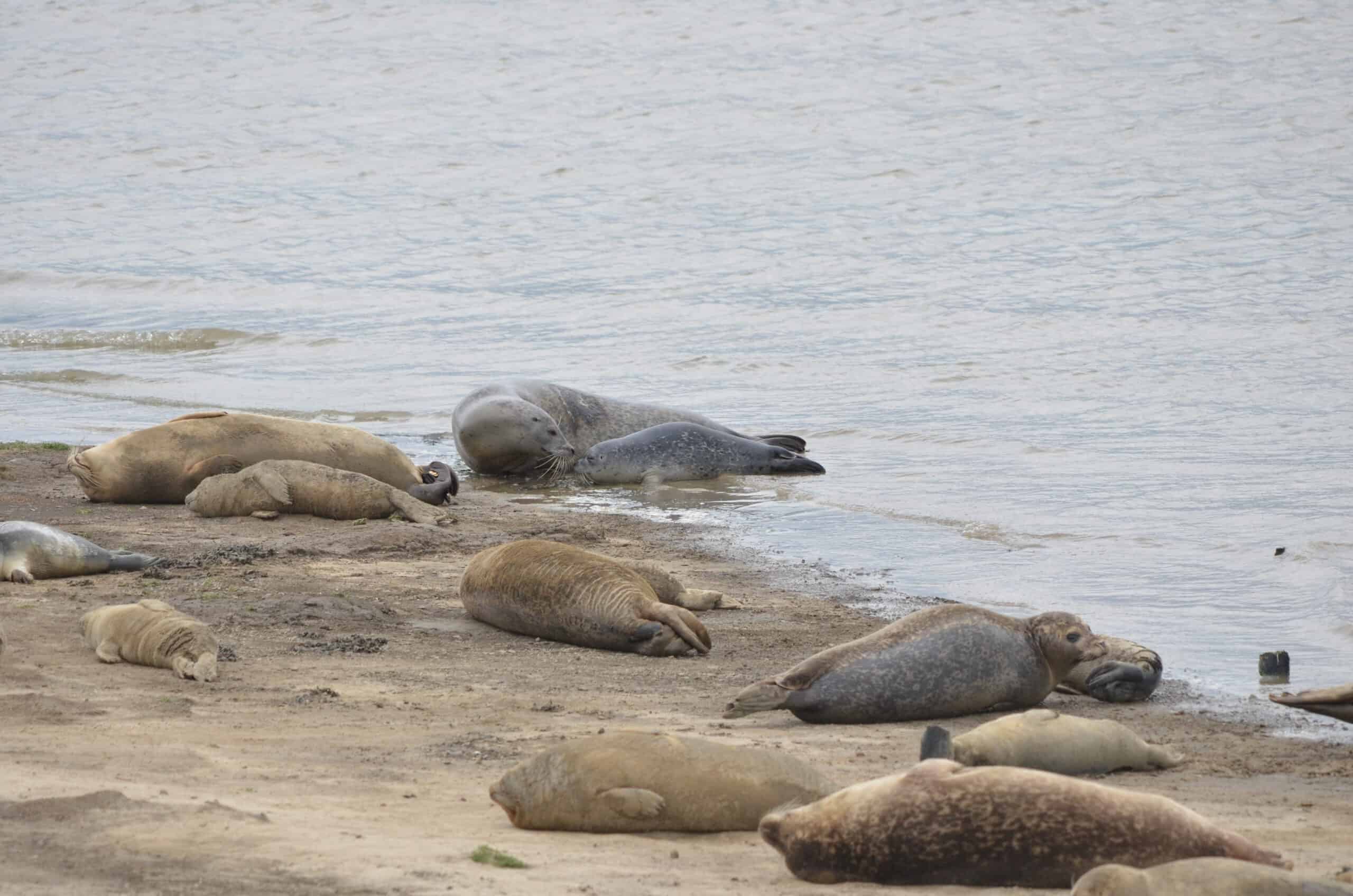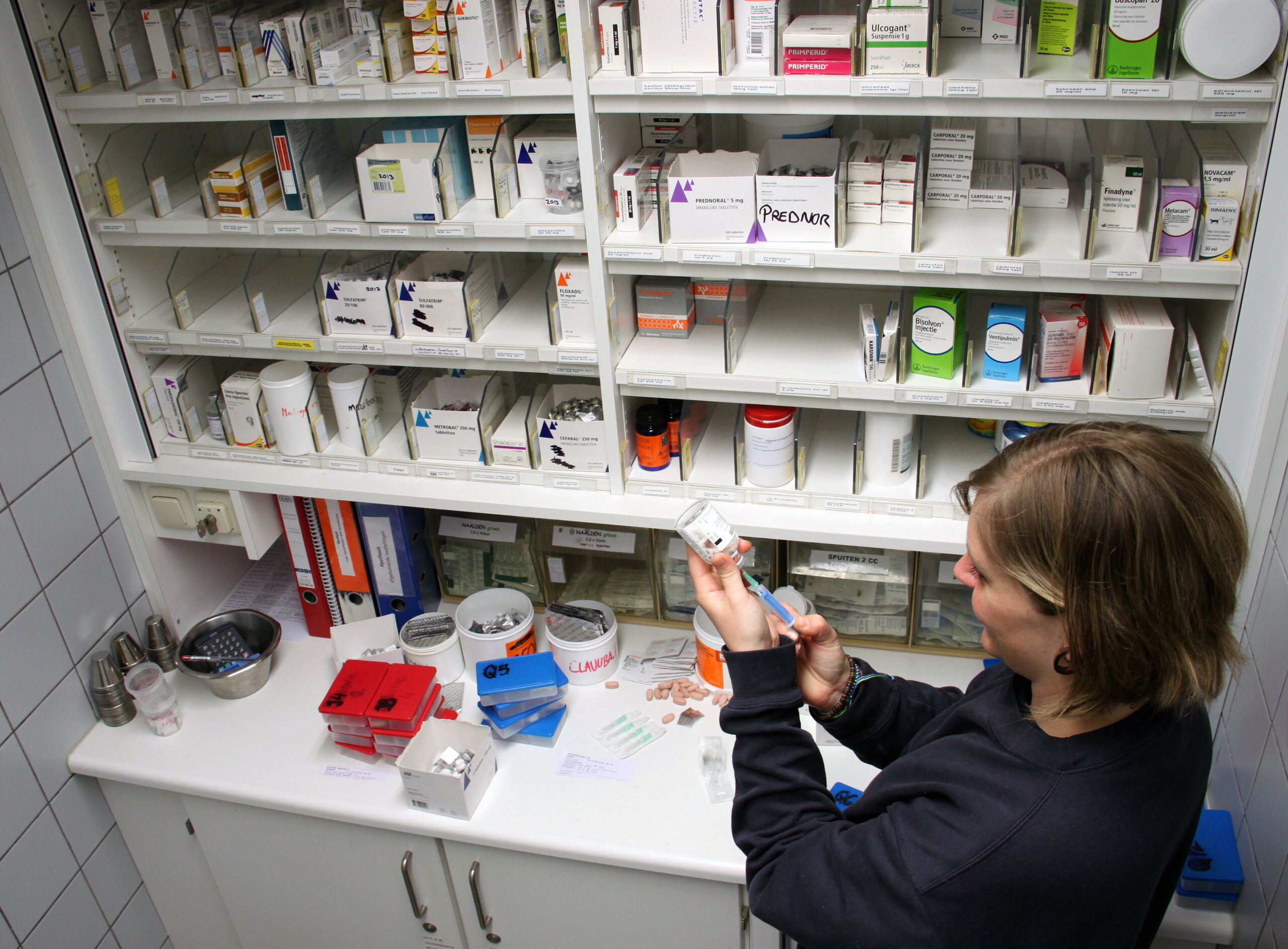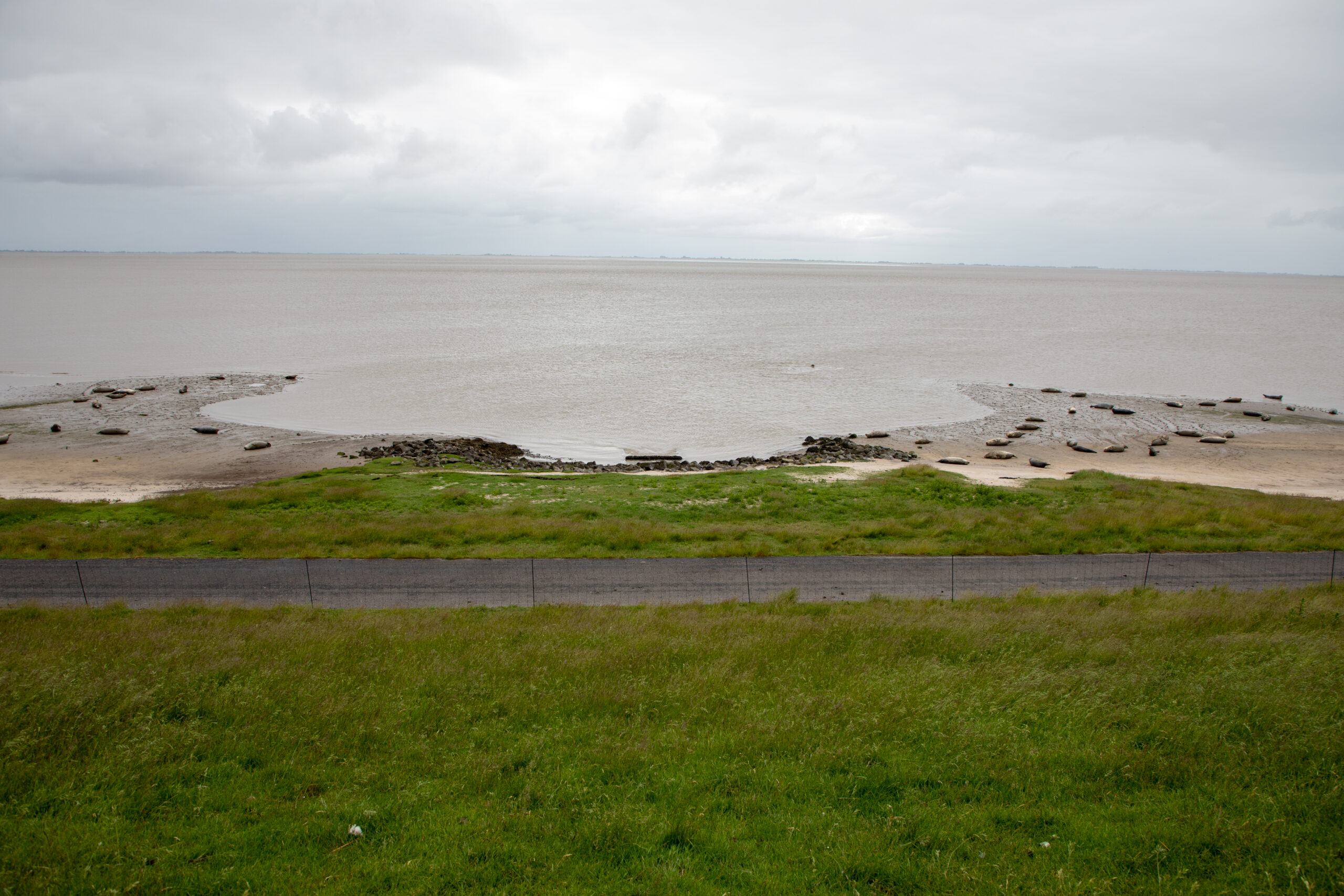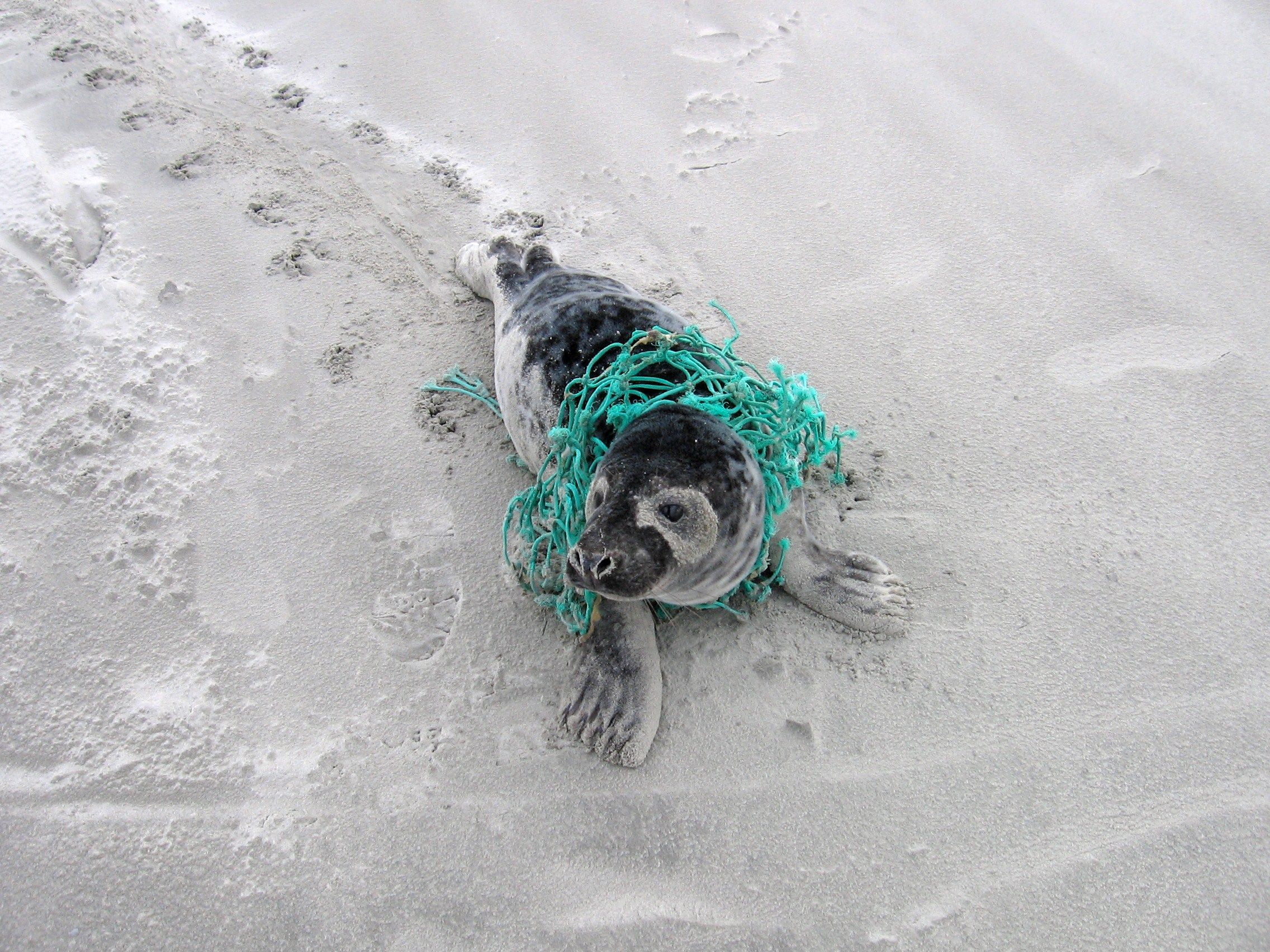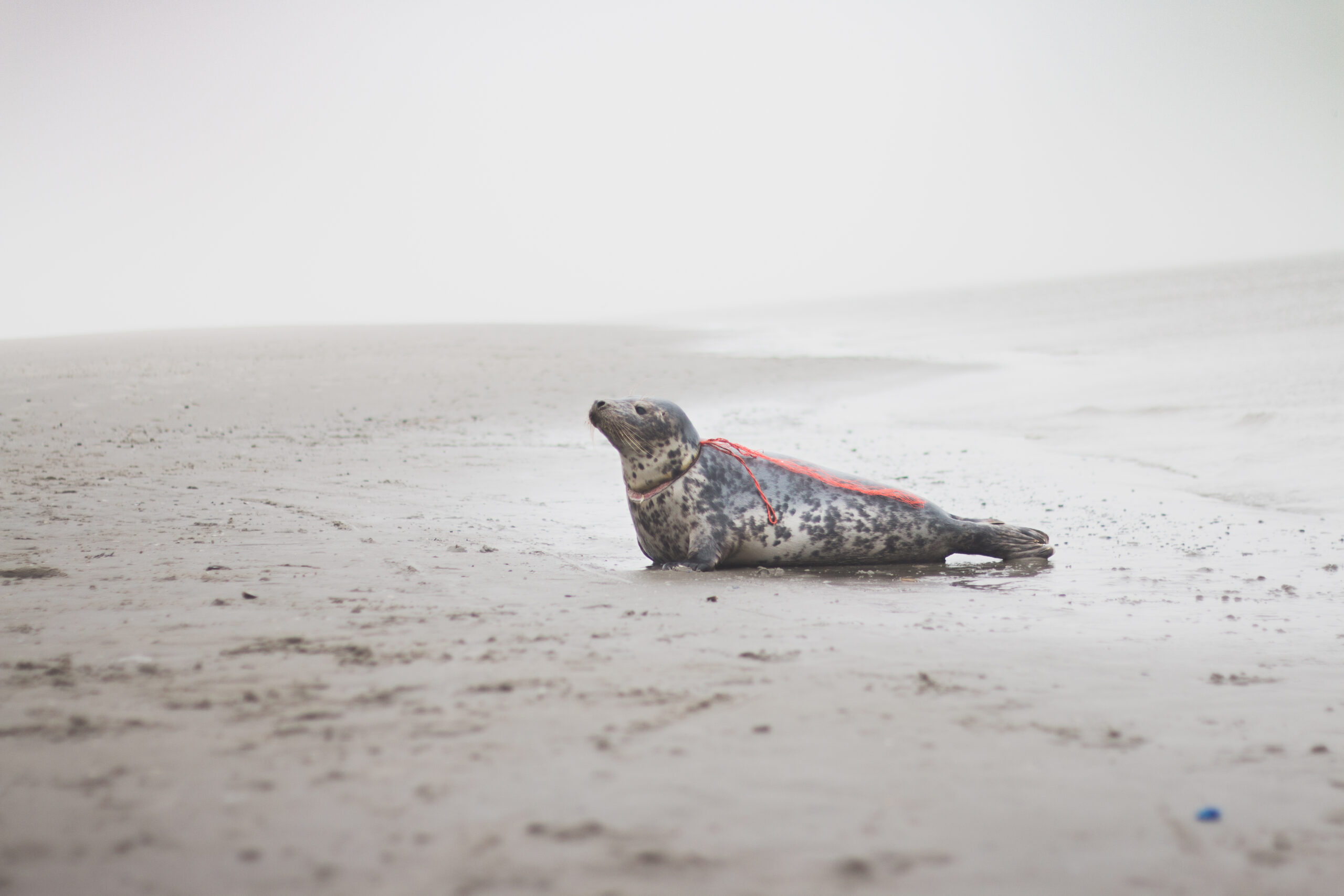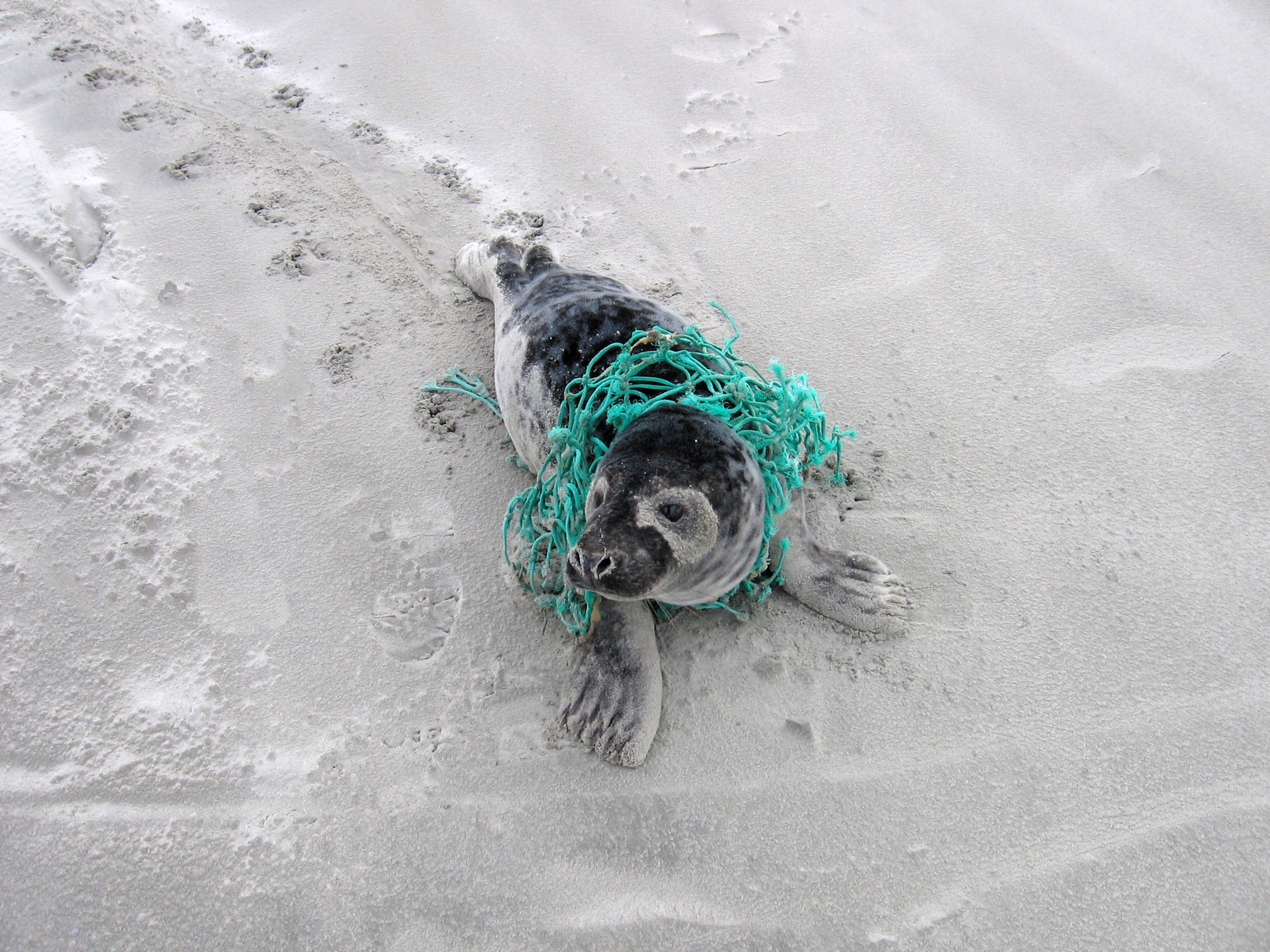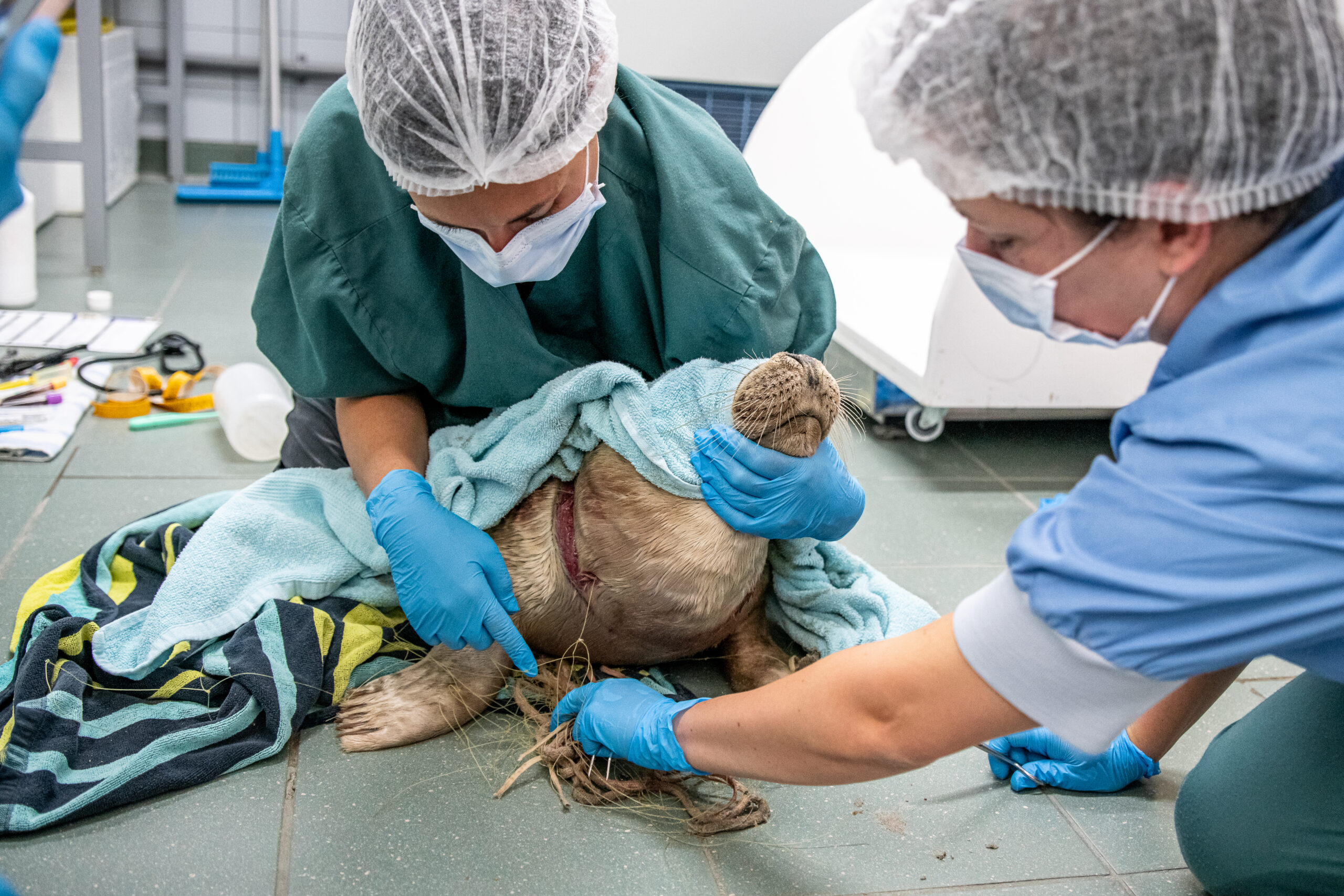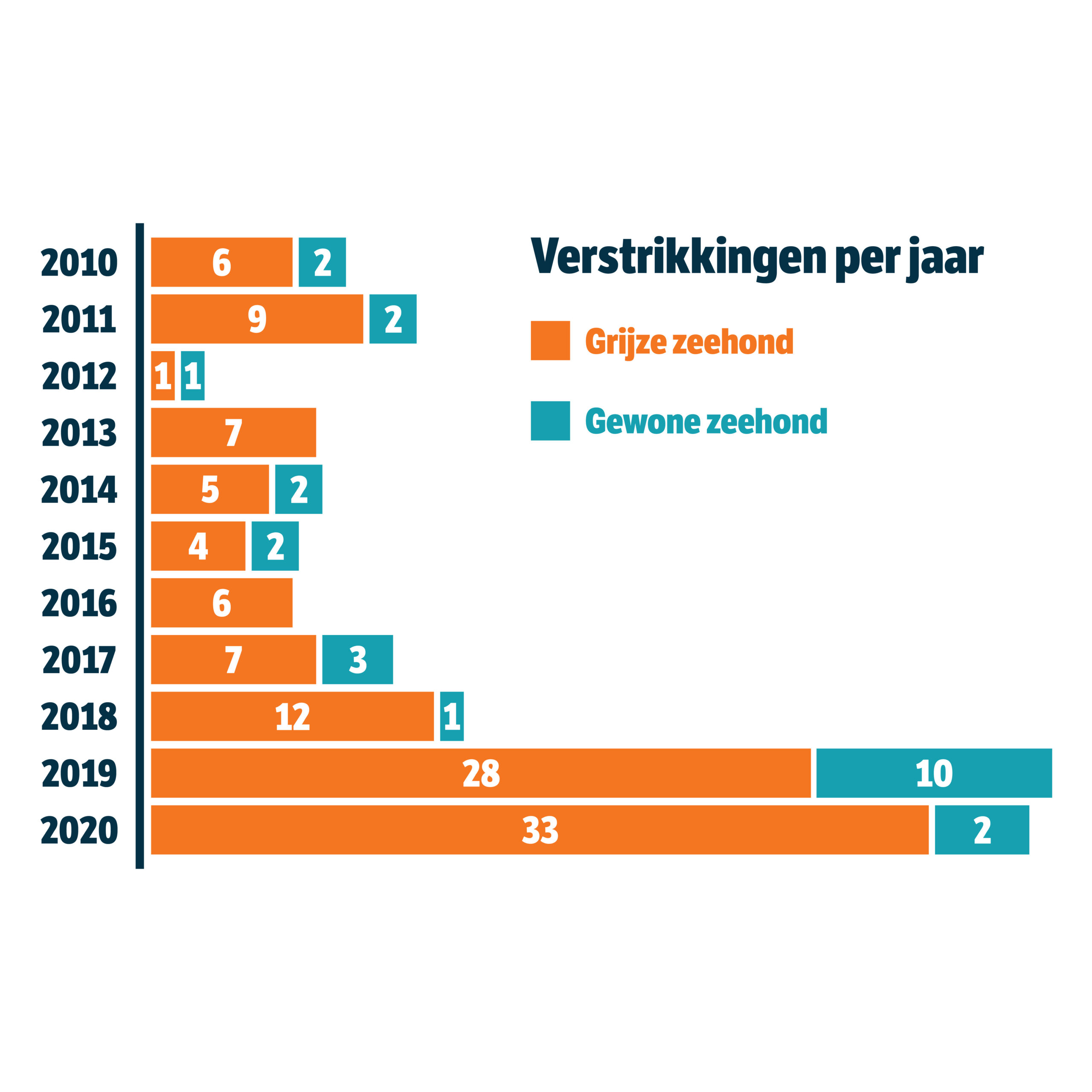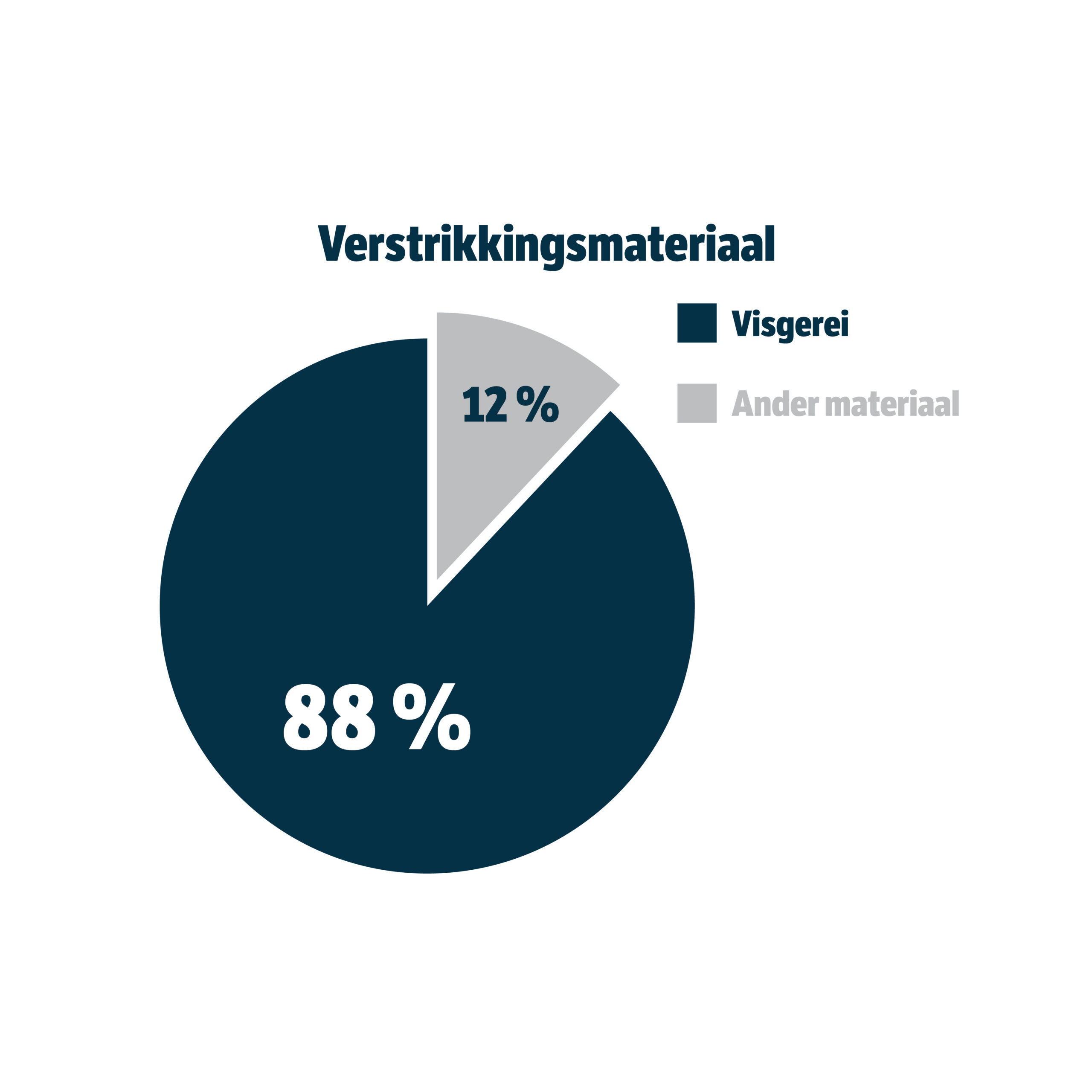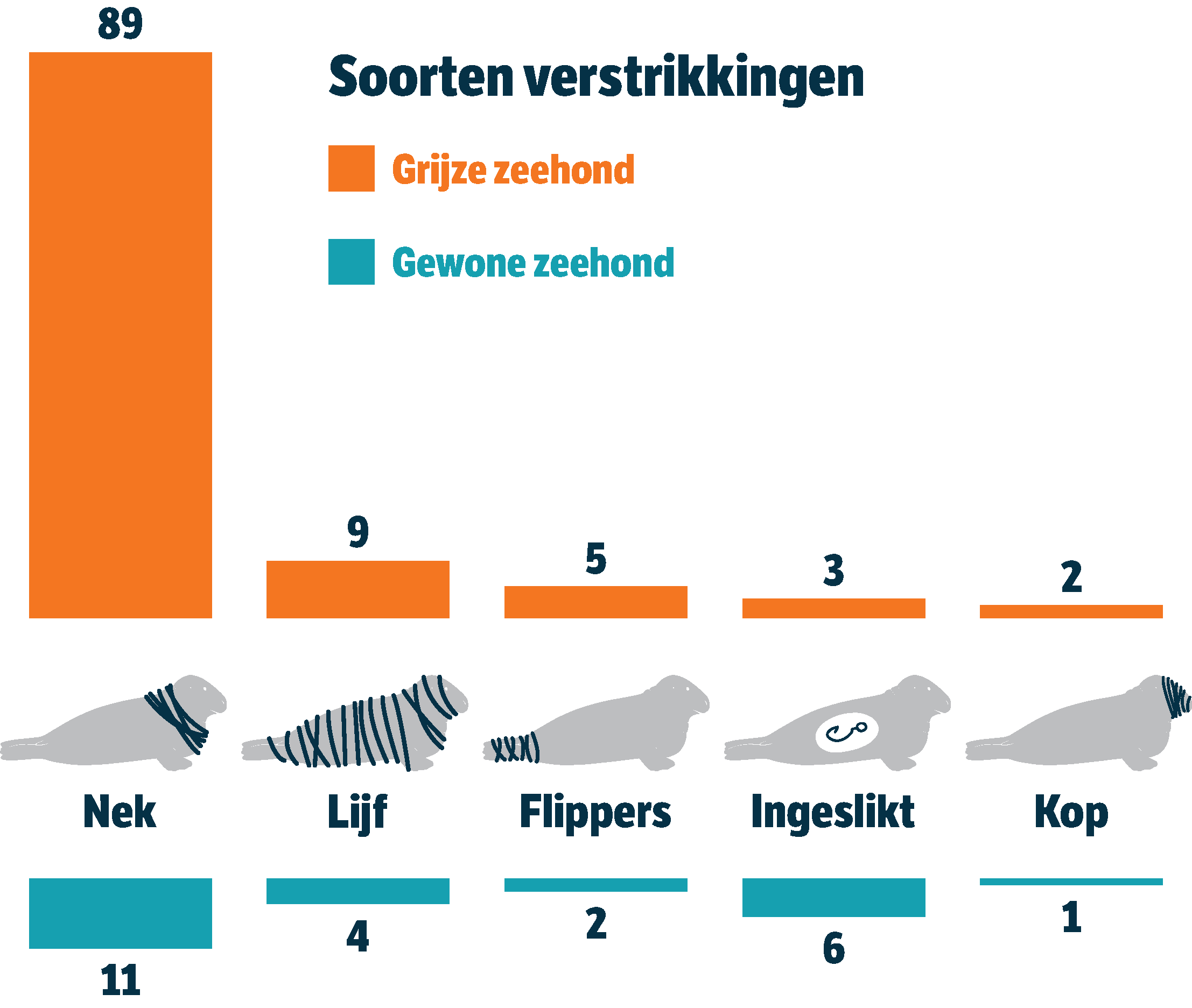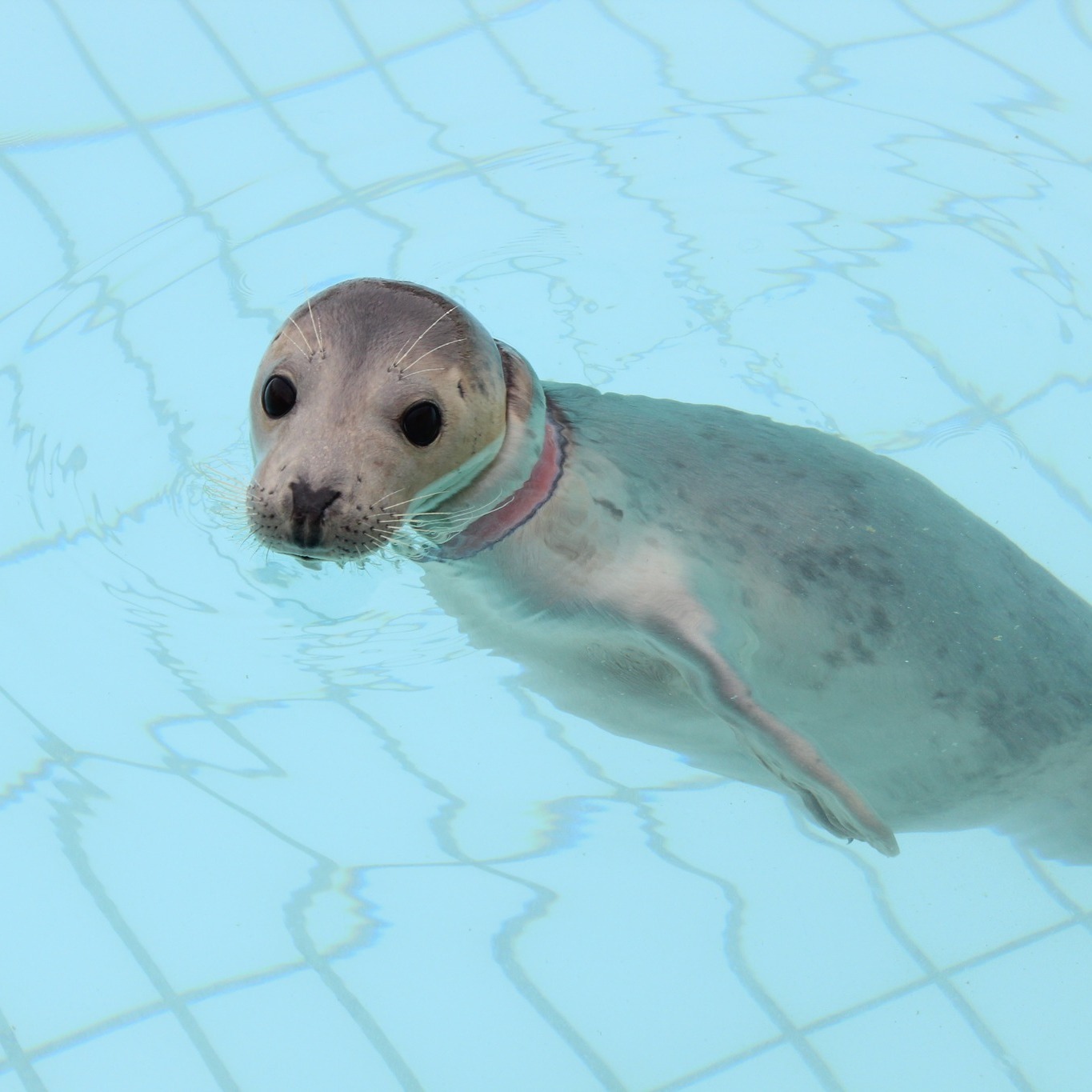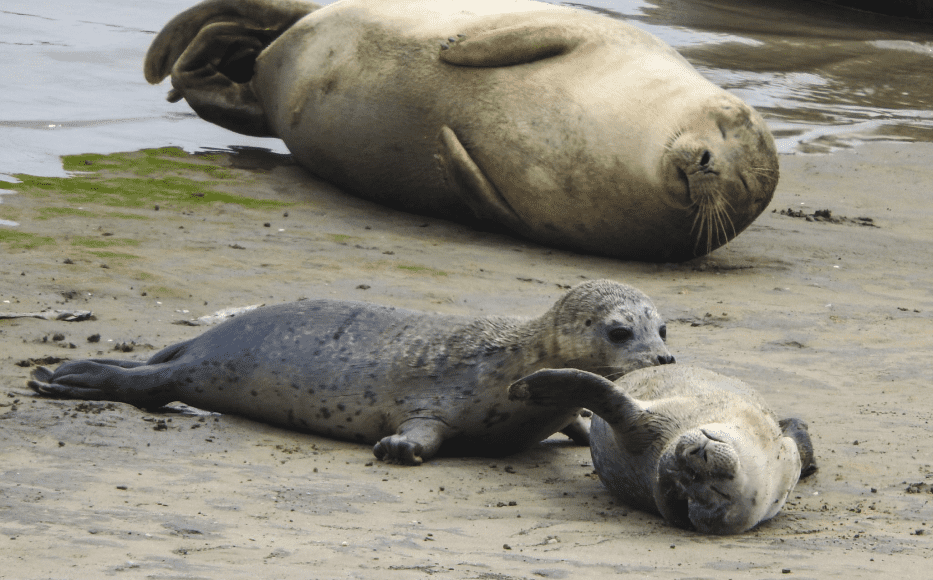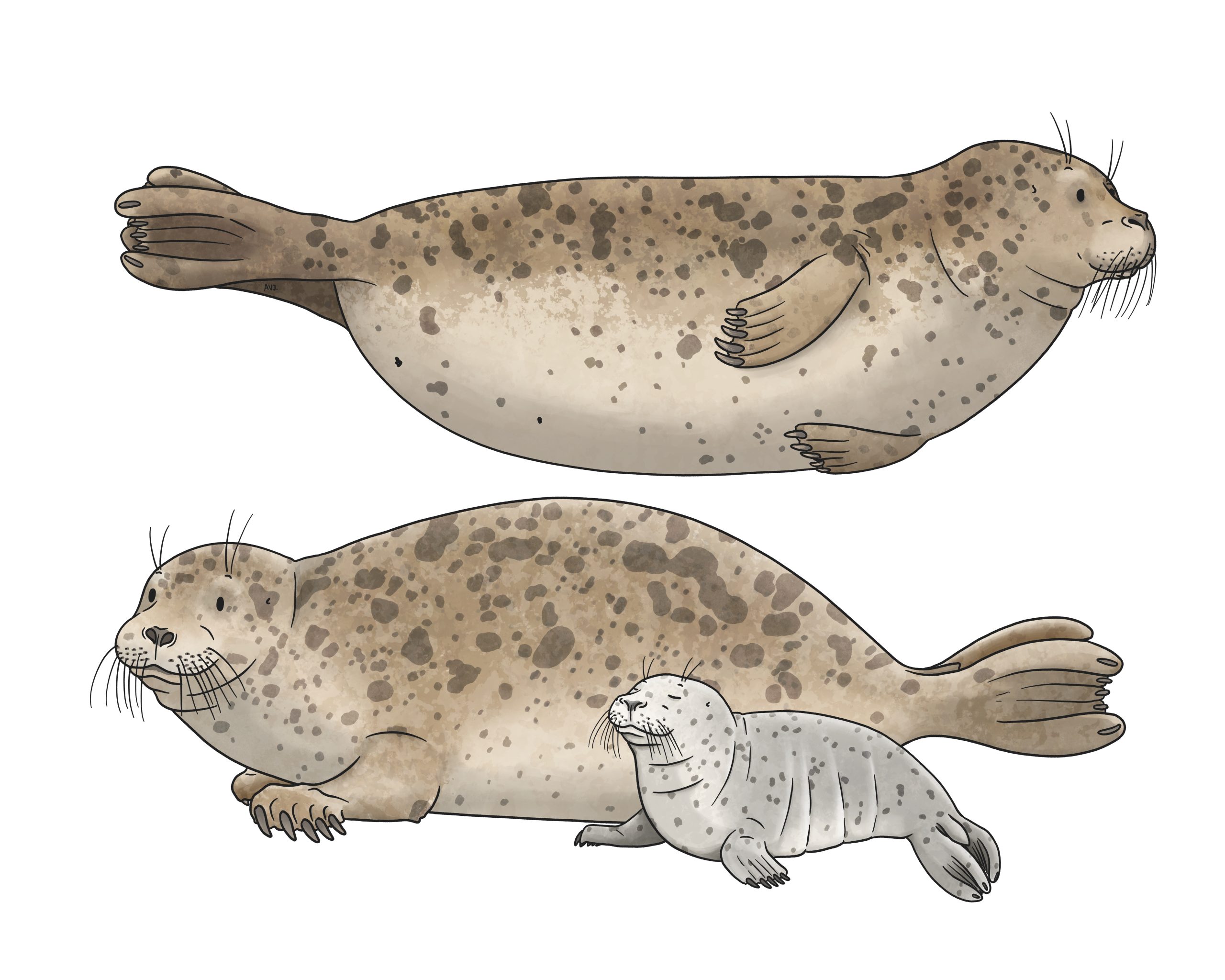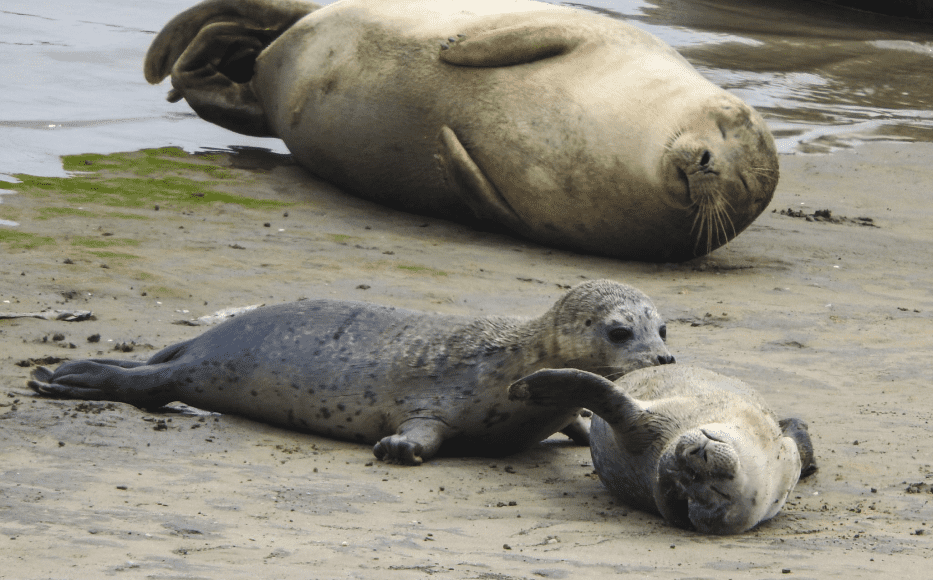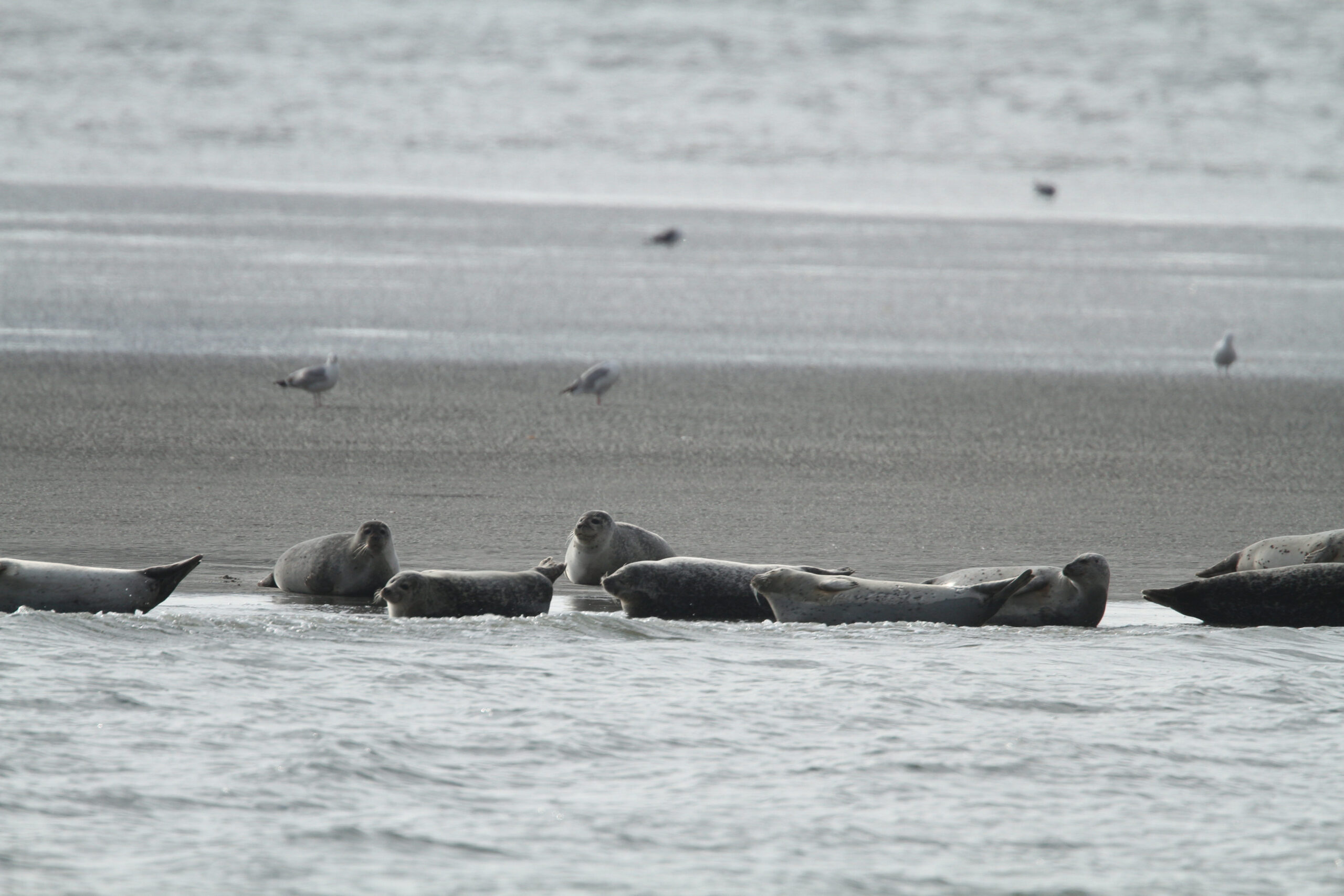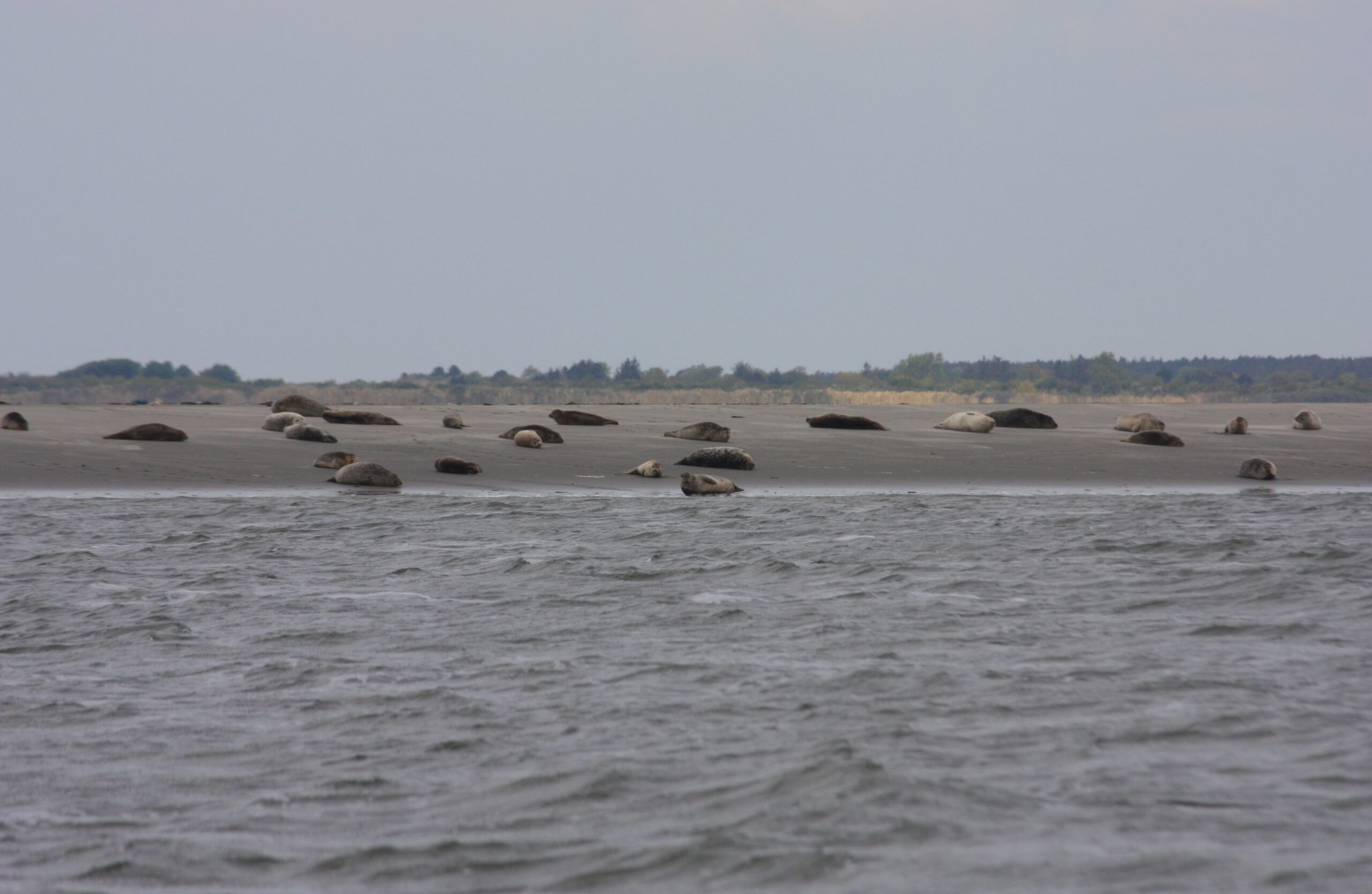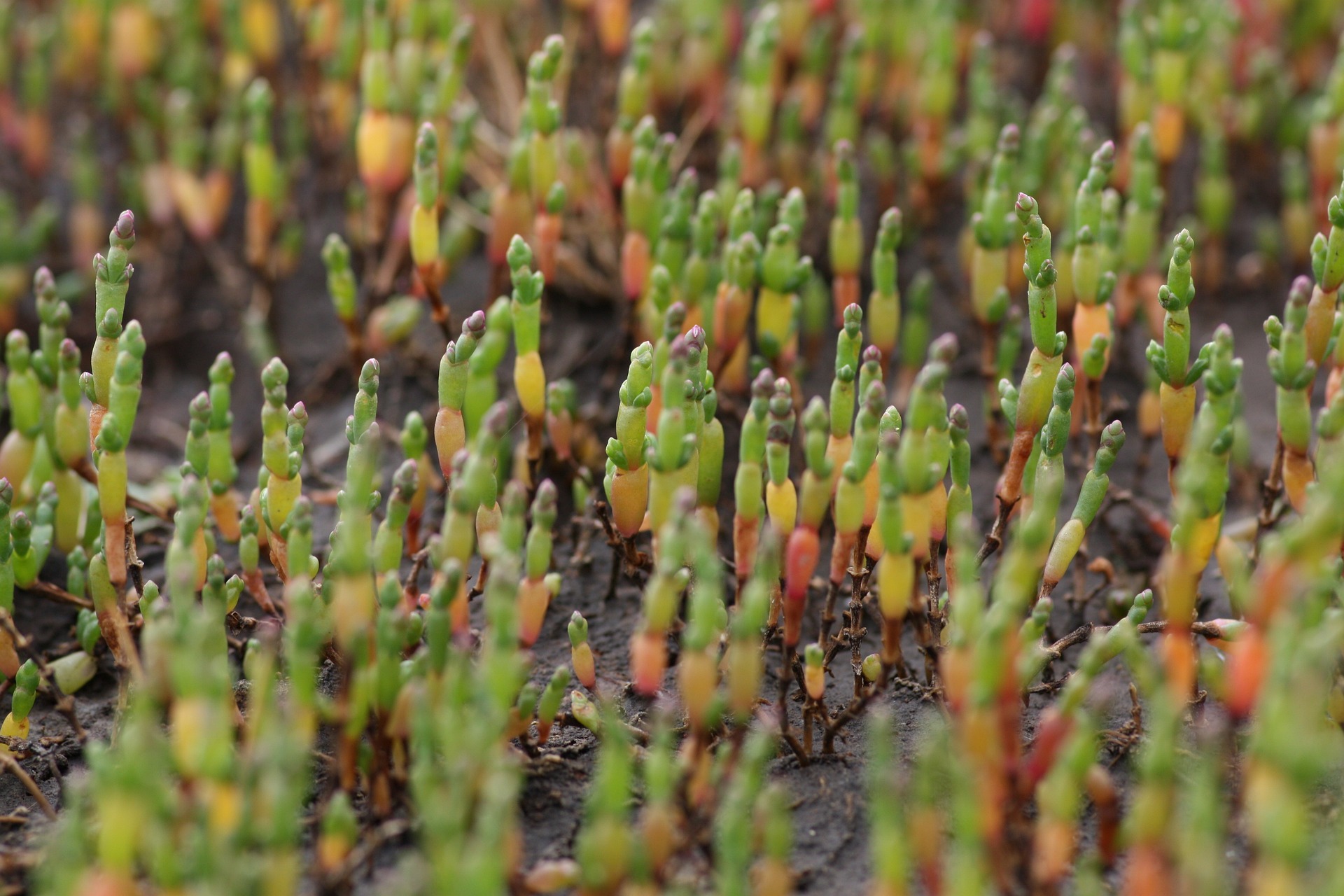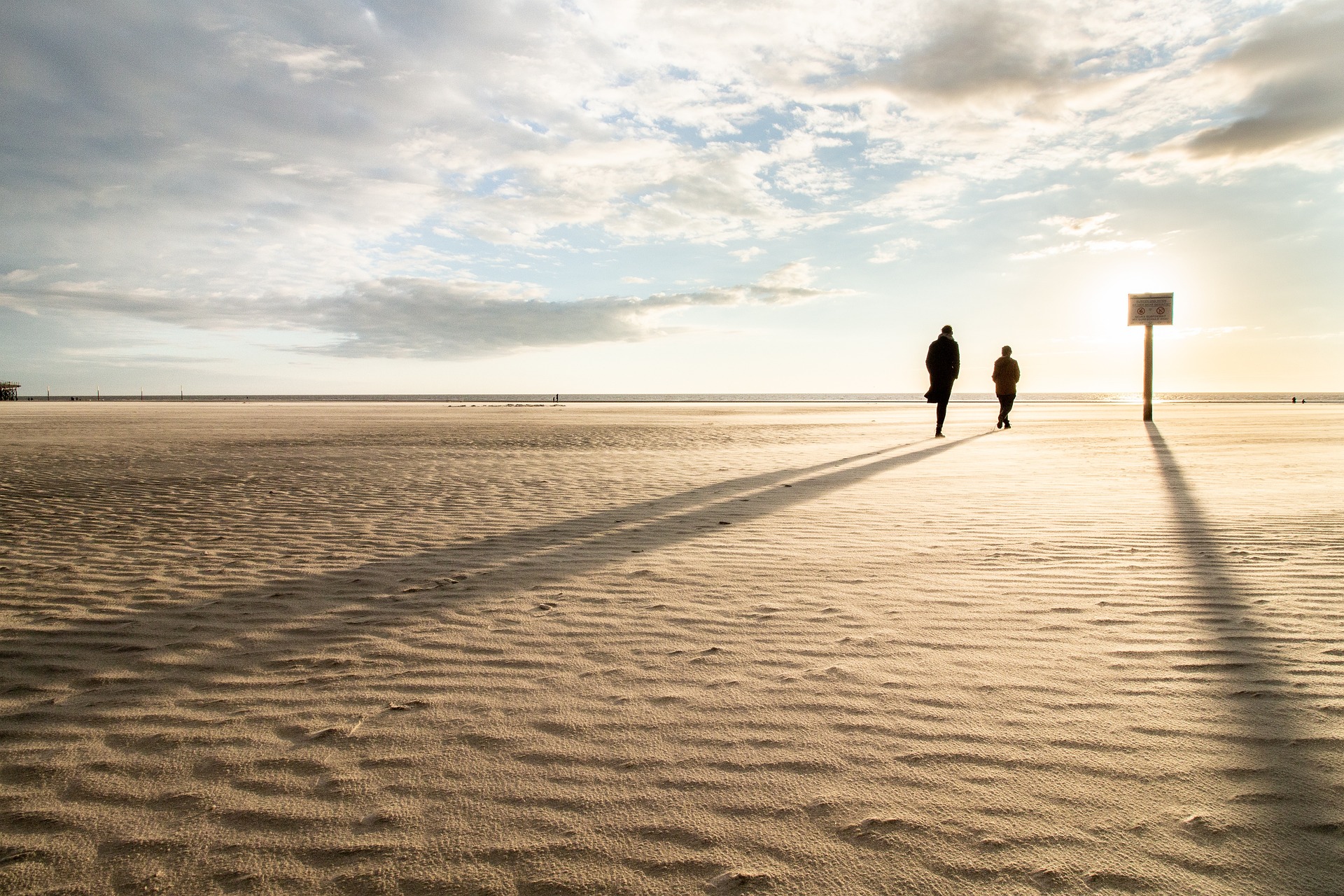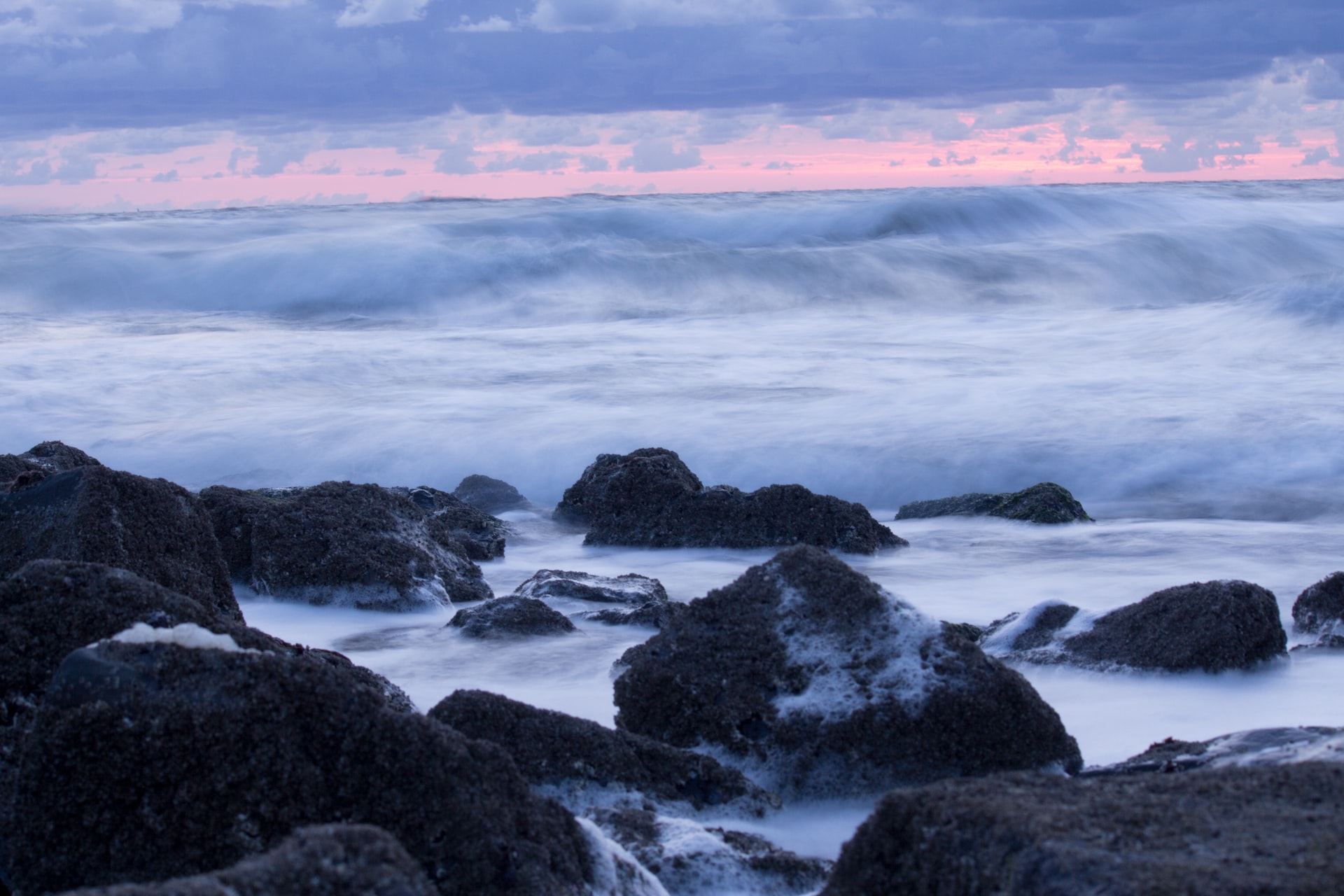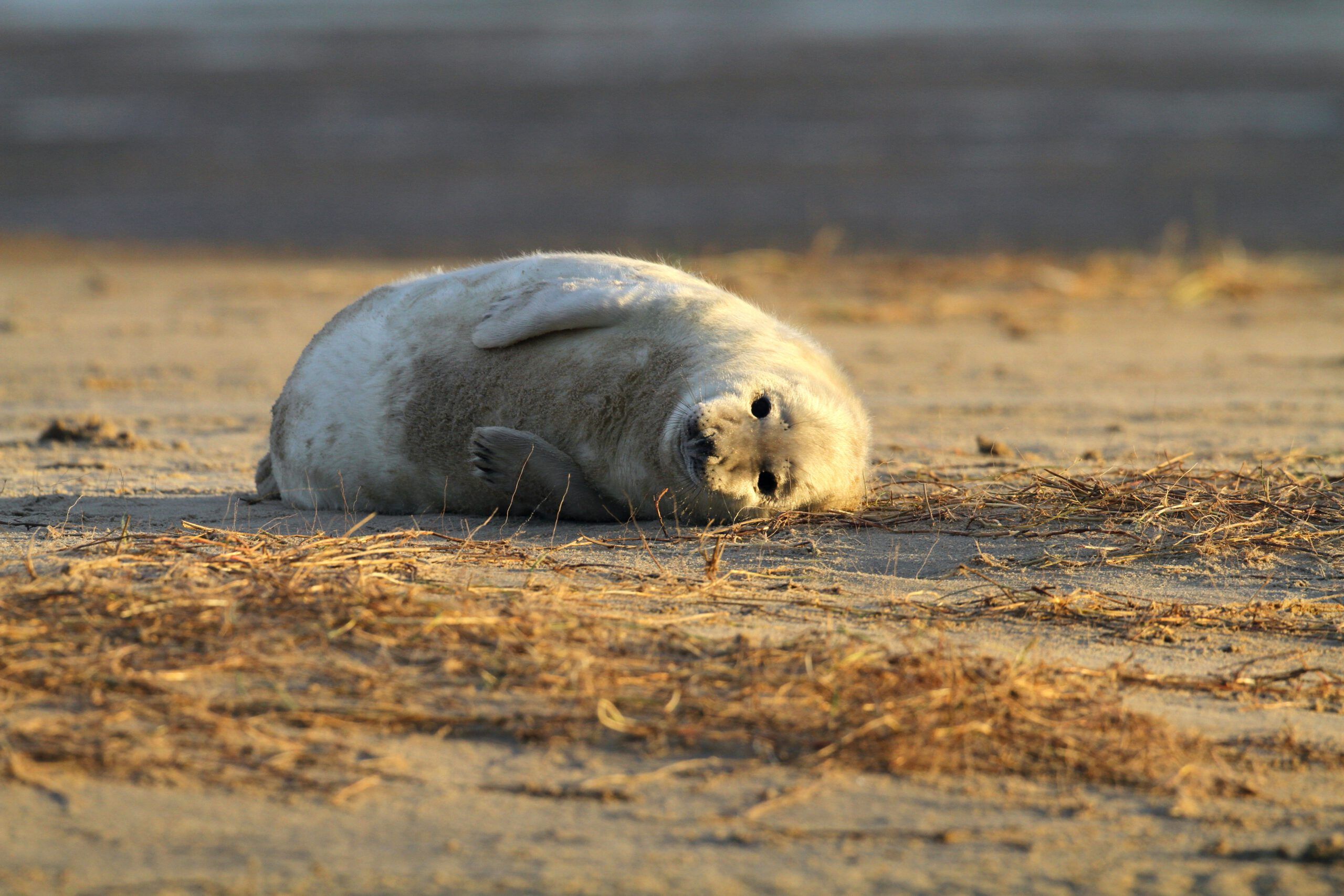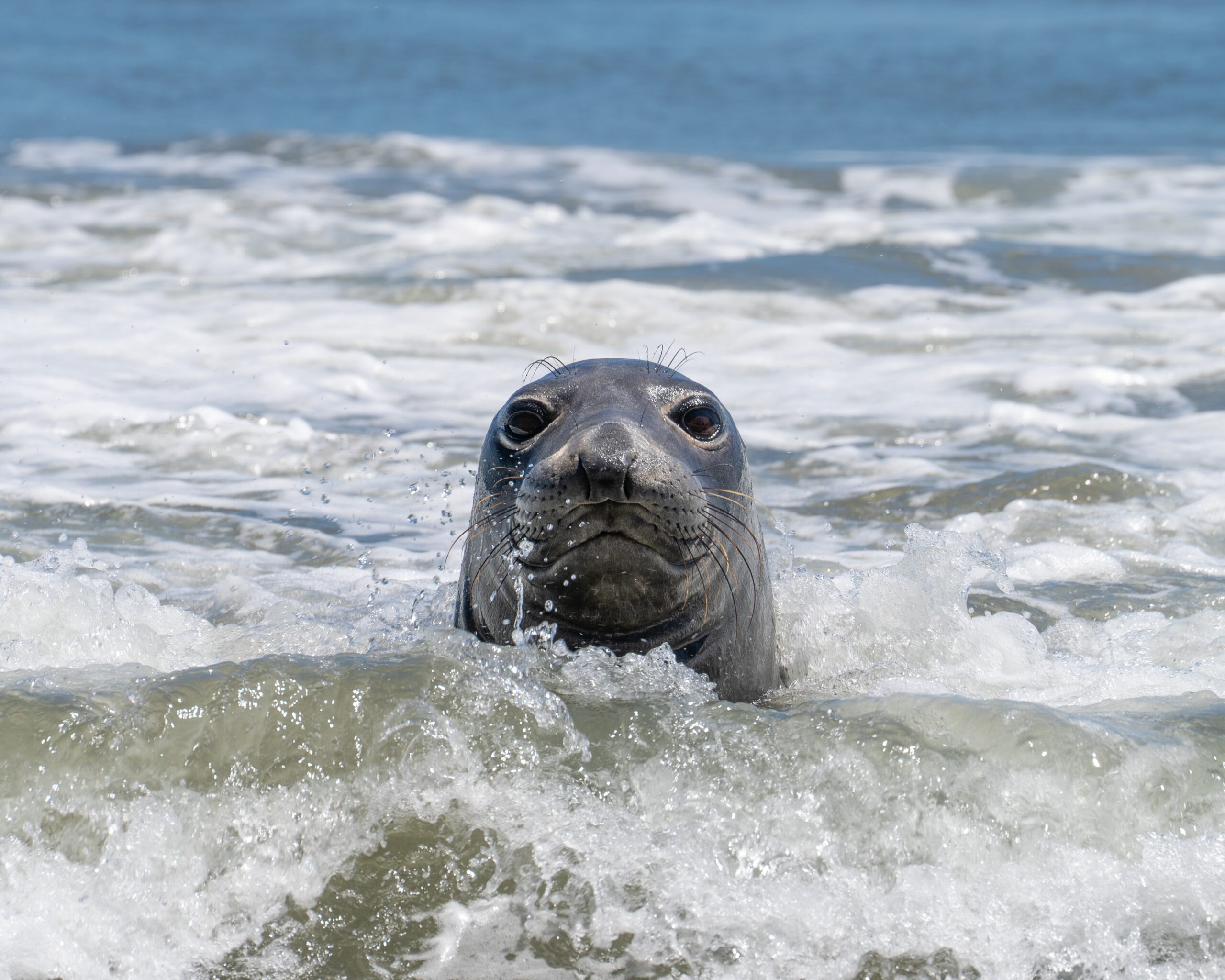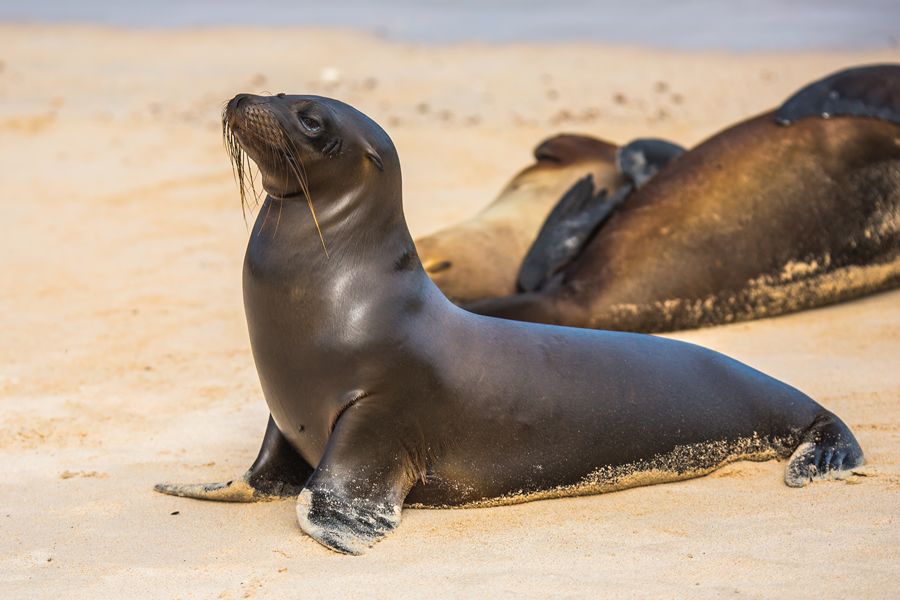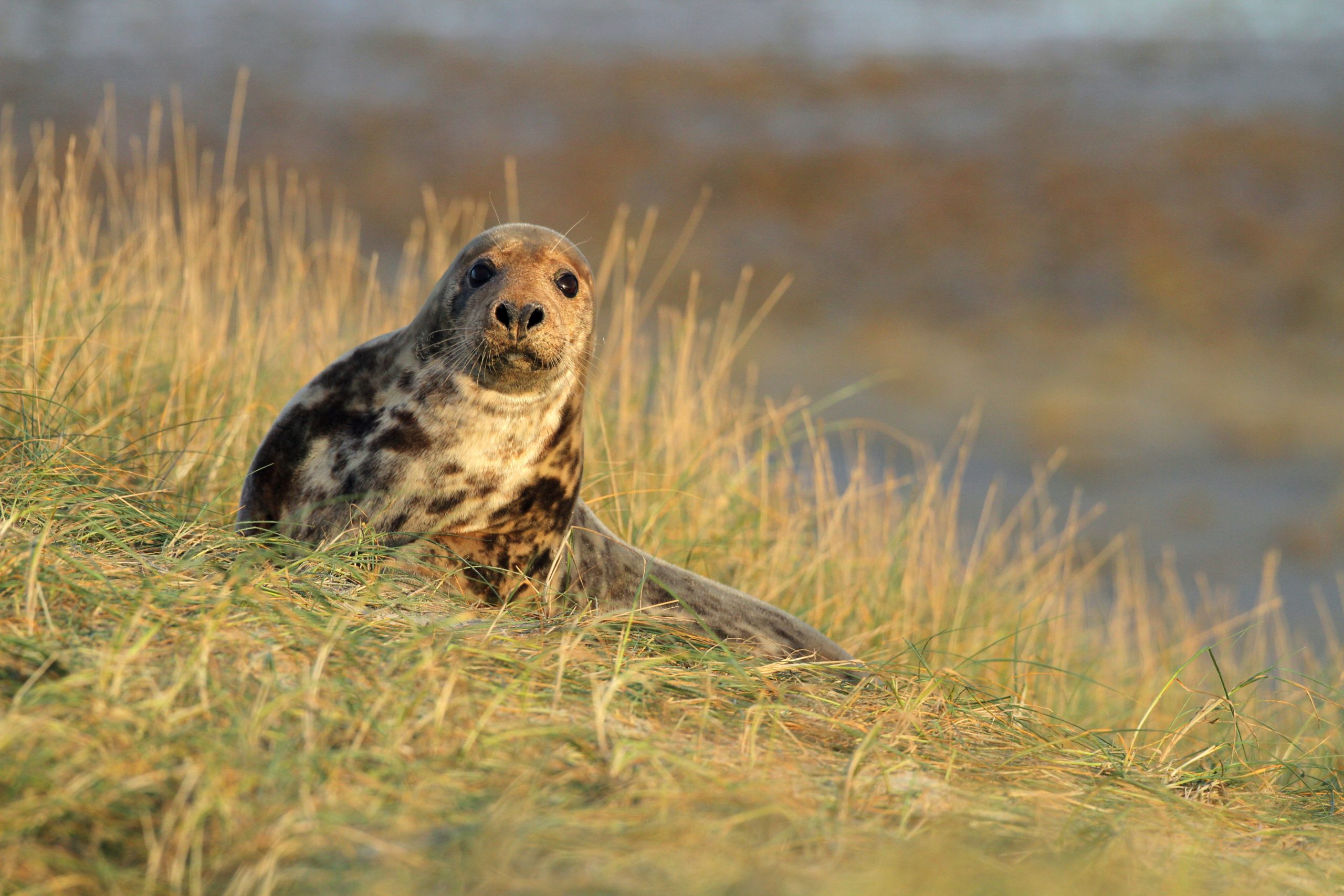Antibiotic resistance in the Wadden Sea
When you get sick from a bacterial infection, you can treat it with antibiotics. These are drugs that can kill bacteria. If antibiotics are used too often, bacteria can become resistant to them, making them less effective against infections. Our veterinarian Ana Rubio Garcia tests rescued seals for bacteria that have become resistant to antibiotics. This research can tell us more about antibiotic resistance in the Wadden Sea.
See also
What is antibiotic resistance?
If people use antibiotics too often and or/not properly, the bacteria they are supposed to treat can become resistant. This means that the bacteria are no longer sensitive to the drug—they won’t be killed by it anymore. This is very problematic. If it keeps happening, the chance of healing a bacterial infection becomes smaller and smaller. New medicines would have to be developed to fight these bacteria. That is why it is important to only use antibiotics when necessary.
How does this end up in the Wadden Sea?
There is a chance that antibiotic-resistant bacteria end up in the Wadden Sea. When people or animals are treated incorrectly with antibiotics, there is a chance that bacteria become resistant. When these bacteria leave our body, they get into the sewers through the water we use. From there, they can find their way into rivers and eventually the sea. For example, seals and other aquatic animals might come into contact with this type of bacteria.By examining these seals, we can monitor ifthere are antibiotic-resistant bacteria in the Wadden Sea.

Bacteria in seals
Ana wants to know if seals have bacteria in their bodies that are not sensitive to antibiotics. Her doctoral research (PhD) concerns the bacteria that are living in the seals gut.. As a part of her research, Ana investigates whether antibiotic-resistant bacteria are present among these gut bacteria.
We carried out this research on 250 seals that we had in rehabilitation. With each intake, we took a sample from the seal’s anus with a cotton swab. The bacteria in this samplewere then grown in our laboratory and with the help of the laboratory CERTE in Leeuwarden, it could be determined if they were resistant to antibiotics and to which ones.
Did you know...
We work together with several parties to monitor antibiotic resistance in the Wadden Sea. The research is supervised by the Faculty of Veterinary Medicine of Utrecht University (UU) and the Department of Medical Microbiology and Infection Prevention of the University Medical Centre Groningen (UMCG). Determining the type of bacteria and the presence of antibiotic resistance was done by the CERTE laboratory in Leeuwarden.
Results of the research
Ana's research shows various results. For example, seals have many of the same types of bacteria in their gut as humans. She also found very few bacteria that were no longer sensitive to multiple antibiotics. In other words: there were not a lot of antibiotic-multiresistant bacteria in the seals that were part of her study. That is good news!
Antibiotic treatment in seals
We also looked at what happens to a seal in rehabilitation if it needs antibiotics to treat an infection. When a seal receives an antibiotic treatment, the normal bacteria that live in their gut can also be affected by the antibiotic (this is also happening in other animals and in humans). Ana’s preliminary results showed that a few days after finishing the antibiotic treatment, the gut bacteria of seals that received antibiotic were not different that the gut bacteria of seals that di not need an antibiotic treatment. This could mean that the seals’ gut bacteria returned to normal after treatment. This is very striking, since the recovery of gut bacteria in humans can sometimes take months or years. At the moment there is still research going on to understand this better.
The seal as bio-indicator for antibiotic resistance
Seals could be considered an important bio-indicator for antibiotic resistance in the Wadden Sea—they show us how things are going with their environment. By continuing this research, we can keep an eye on whether or not the situation changes.
Watch a mini-documentary below about how the centre monitors antibiotic resistance in seals:
On this page
-
What is antibiotic resistance?
-
Antibiotic resistance in the Wadden Sea
-
Bacteria in seals
-
Research results
-
Antibiotic treatment in seals
-
The seal as bio-indicator
